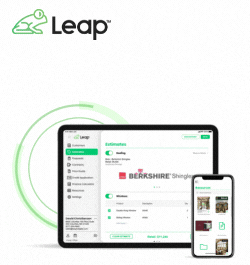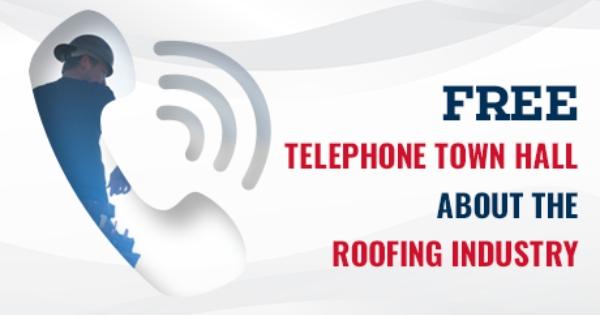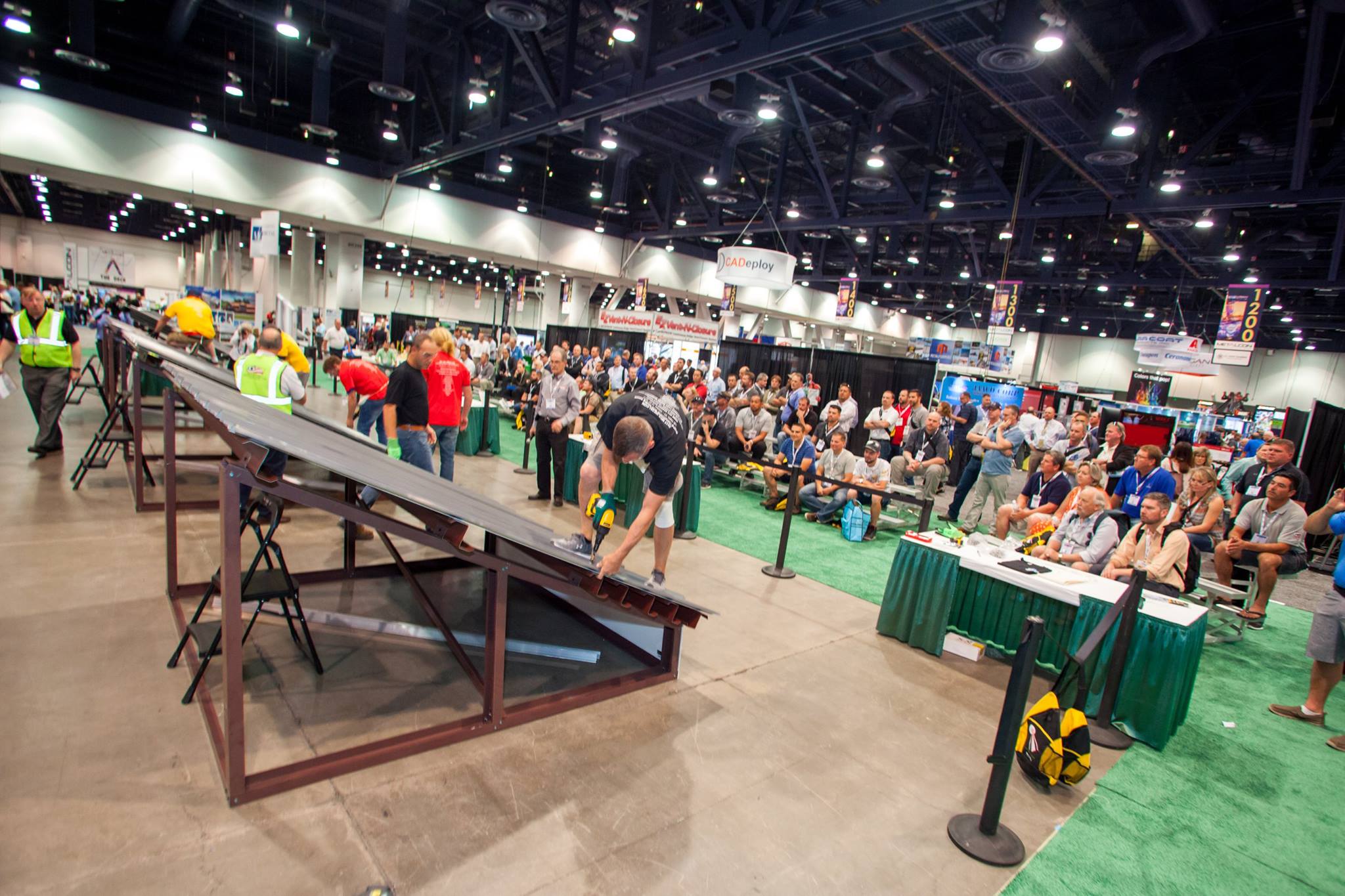OSHA Expanding The Electronic Recordkeeping Rule

By John Kenney, Cotney Consulting Group.
OSHA has been very busy the last few months with new rulemaking and is not expected to slow down anytime soon.
The Occupational Safety and Health Administration (OSHA) published a proposed rule, Improve Tracking of Workplace Injuries and Illnesses, on March 30, 2022. It dramatically expands the requirements of its Improve Tracking of Workplace Injuries and Illnesses Rule, expressly, the Electronic Recordkeeping Rule.
Let's take a look at how this would affect our Industry. As a Roofing Contractor, you fall on both the high-hazard and highest-hazard industries lists. The proposed rule would require a business with 20 or more employees in certain high-hazard industries to continue electronically submitting Form 300A Annual Summary information once a year to OSHA. It also requires companies with 100 or more employees in the highest-hazard industries to submit Form 300 Log and Form 301 Incident Report information once a year to OSHA. These establishments would continue to be required to submit information from their Form 300A Annual Summary electronically. This proposed amendment will also require you to include their company name with the electronic data submissions.
This proposed amended E-Recordkeeping Rule will cover thousands more establishments. The trigger will be 100 employees (rather than 250 employees), and the scope of data required for submission is significantly greater and significantly more invasive. 300A Annual Summary data is pretty barebones – just the number of recordable cases, total labor hours worked, and the total number of cases meeting various recording criteria. Along with 300 Log and 301 Report level submissions will be data at the individual recordable cases, with employee names, details about the parts of their bodies that were injured, information about their medical treatment – an entirely different kind of look under the hood than the last five years under this rule.
OSHA estimates that the total private-sector cost for adherence to the new rule would be four million annually, a considerable number but an apparent, gross underestimate of the administrative costs faced by contractors with E-Recordkeeping. It takes time and resources to make the annual submission of just the 300A level data, and you can expect that burden to account for the added scale of the data submissions under this rule to threefold or more. Furthermore, OSHA will be able to utilize the data collected electronically for targeted enforcement activities.
Public comments on this new proposed rule are requested by OSHA no later than May 31, 2022. So, what can we do? As an industry, we must collaborate to submit comments and participate in this process to advocate for the most manageable possible E-Recordkeeping Rule.
You can submit your comments on the proposed rule electronically on the Federal e-Rulemaking Portal Regulations.gov. The federal docket folder number OSHA-2021-0006.
About John Kenney
John Kenney is the Chief Executive Officer at Cotney Consulting Group. Prior to starting Cotney, John had 45 years of experience in the construction industry. John began his career by working as a roofing apprentice at a family business in the Northeast. Because of his skill and hard work, he progressed from roofing laborer to foreman, estimator, chief estimator, Vice President, and Chief Operating Officer with his various companies. John has worked for multiple Top 100 Roofing Contractors and is intimately familiar with all aspects of roofing production, estimating, and operations. In his last role, John was responsible for the daily operations and performance of a large commercial roofing contractor. During his tenure, John ran business units associated with delivering excellent workmanship and unparalleled customer service while ensuring healthy net profits for his company.
Photo credit: OSHA






















Comments
Leave a Reply
Have an account? Login to leave a comment!
Sign In